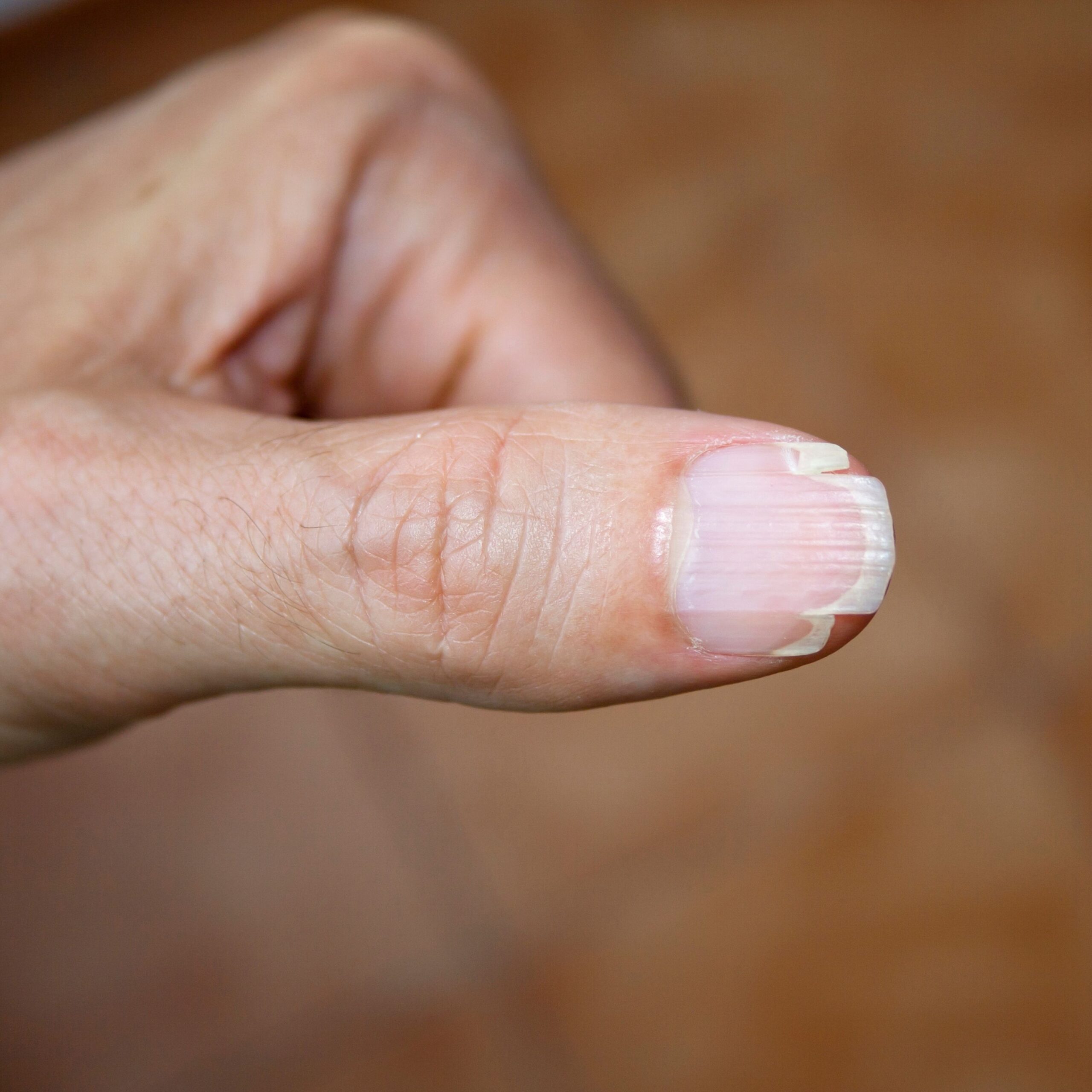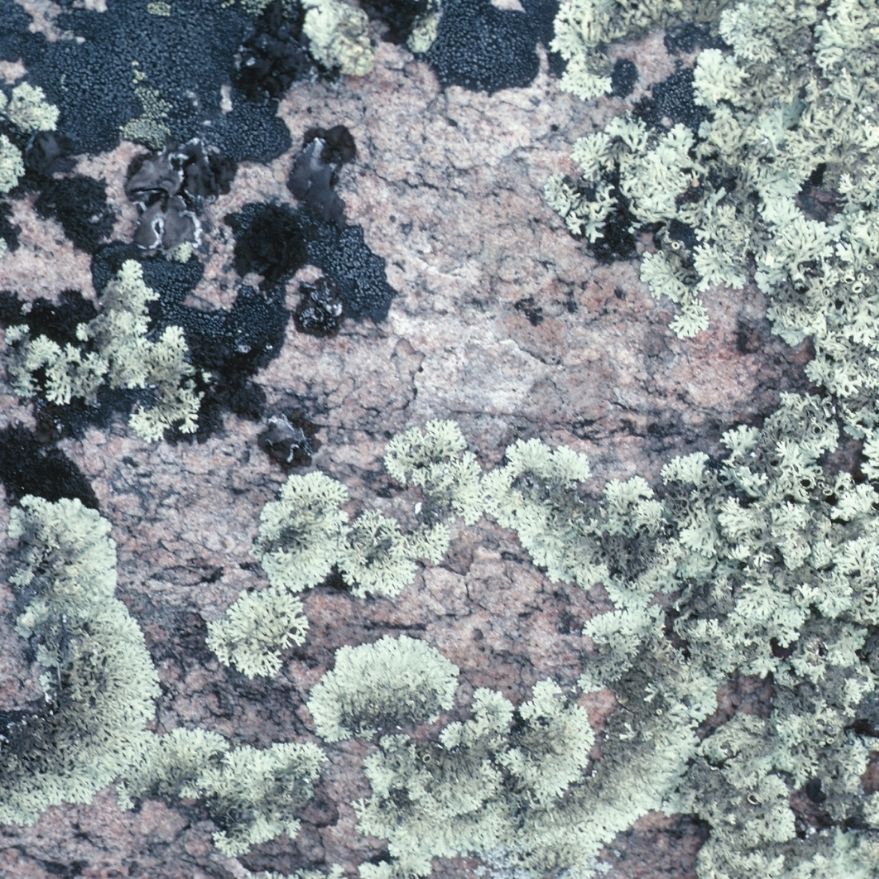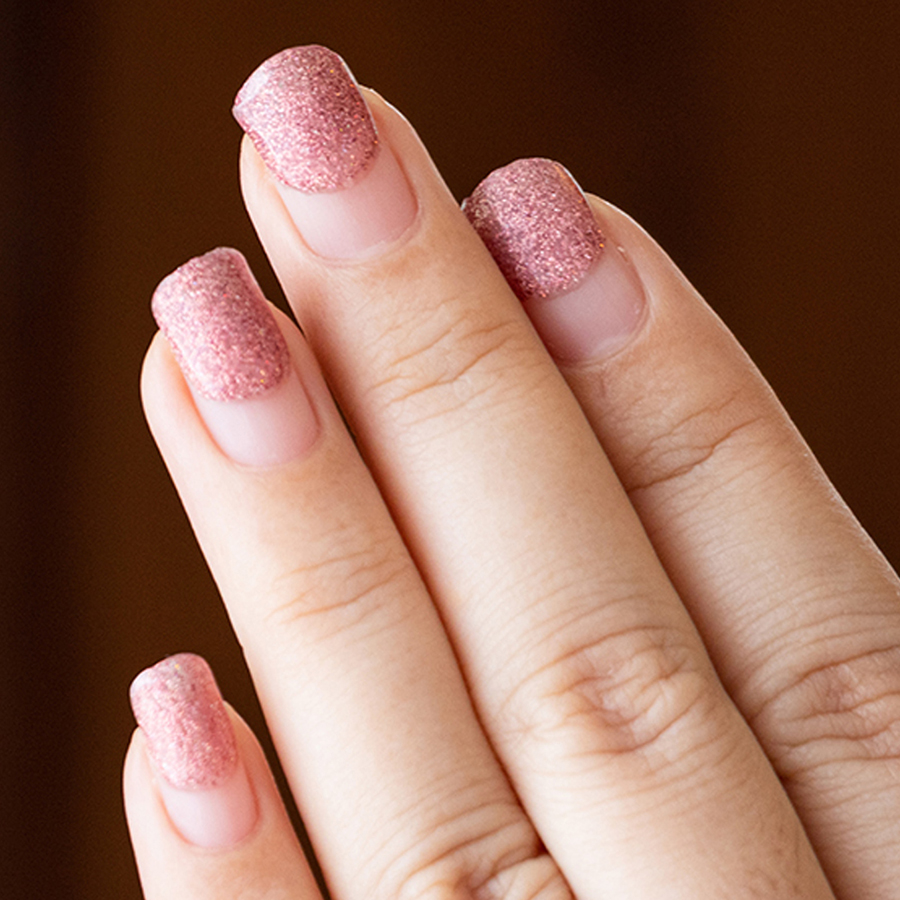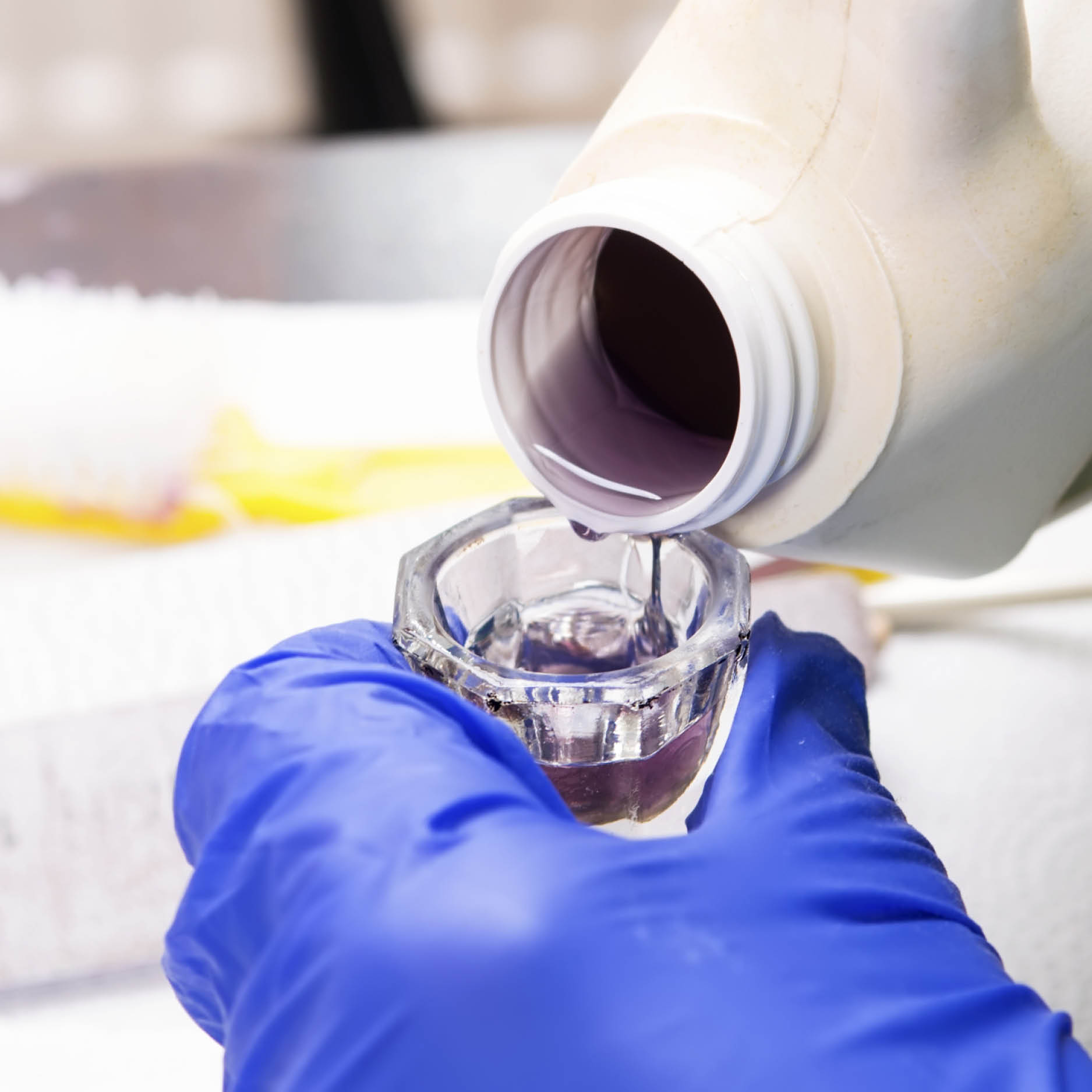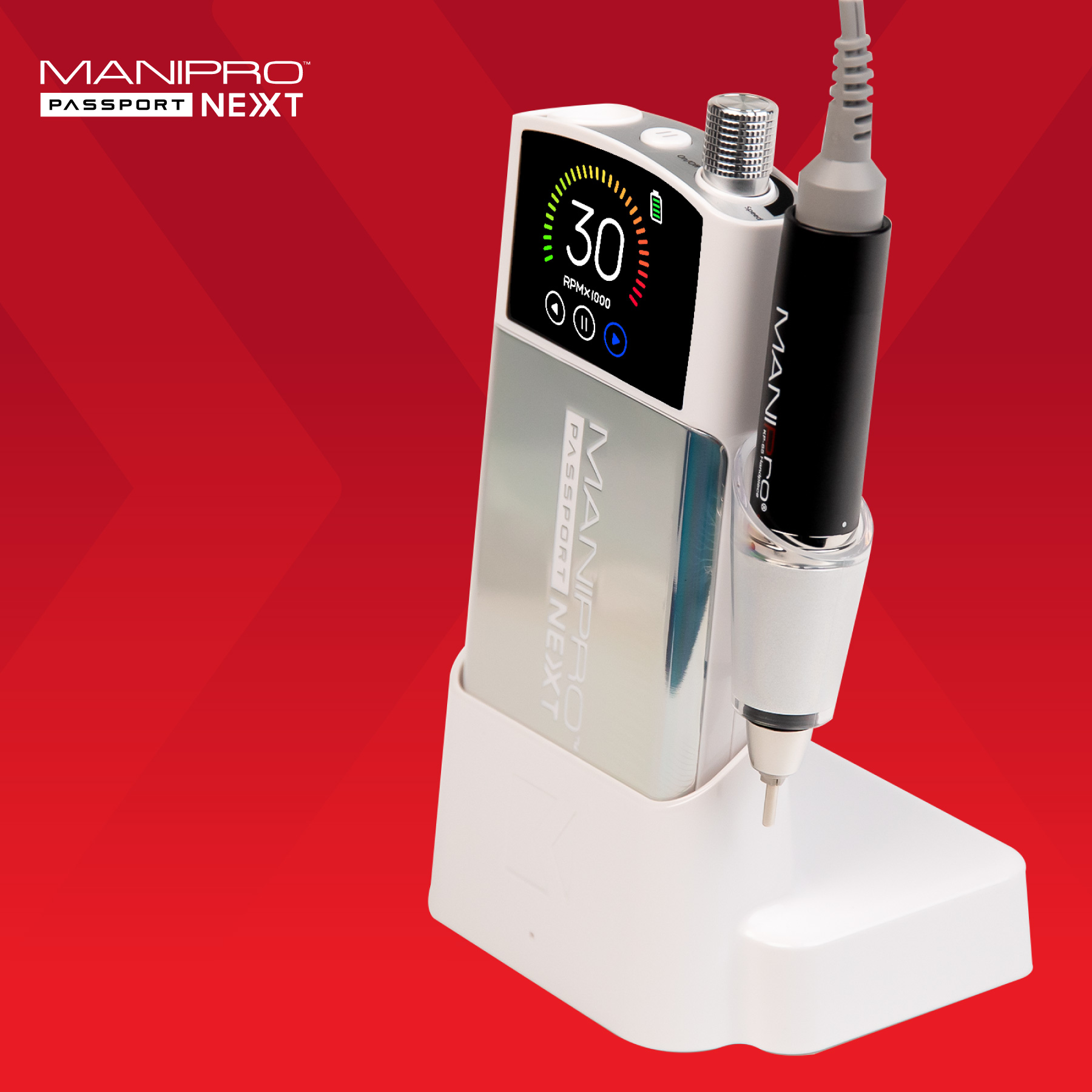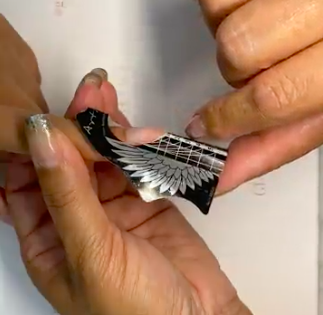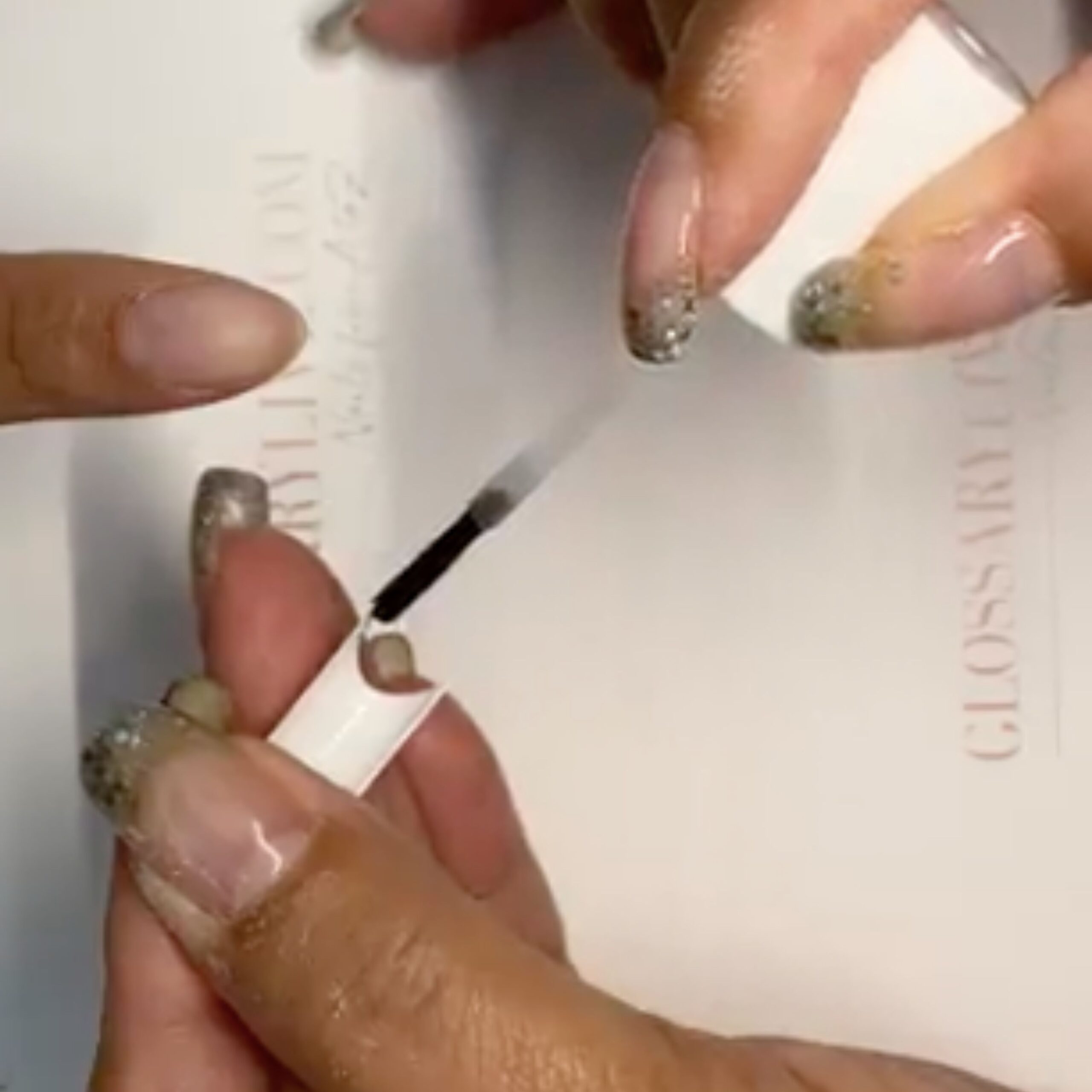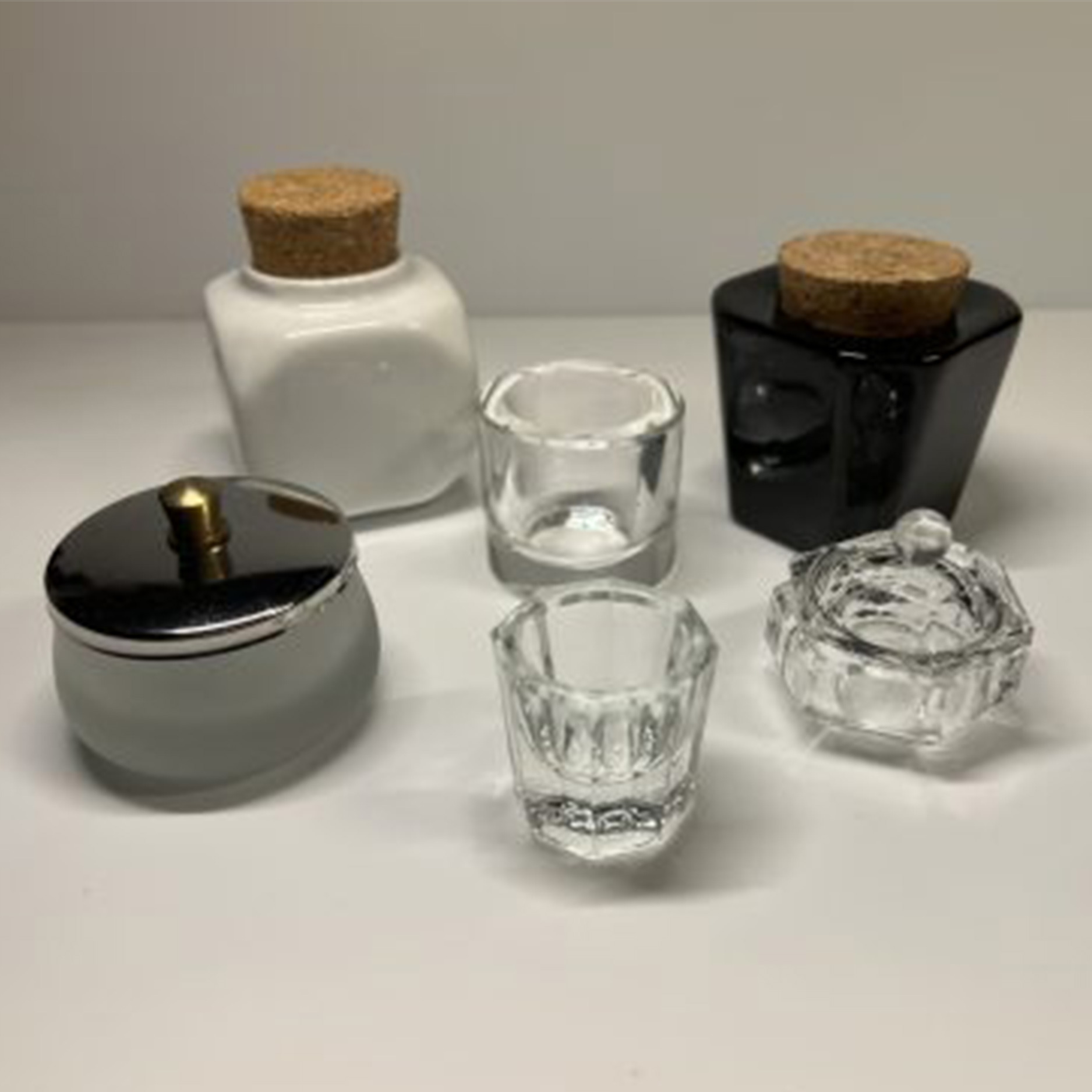DECAL
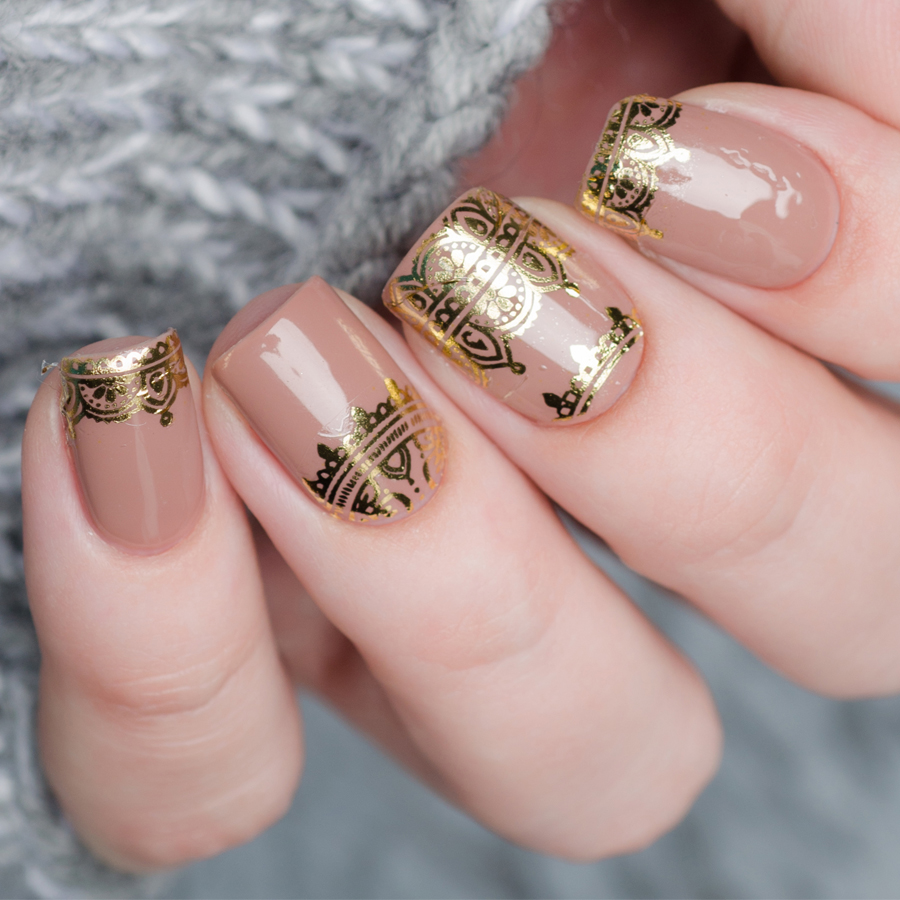
DECAL [dee-kal]
What it is: An ultra thin plastic-like film printed with a nail design that slides off paper backing onto a nail when wet.
How to use it: Used for quick and easy nail art in the salon.
How to apply it: Apply moisture until the decal detaches from the backing, place onto the nail with tweezers and cover in top coat.
VIDEOS RELATED TO THIS TERM
CURING LAMP
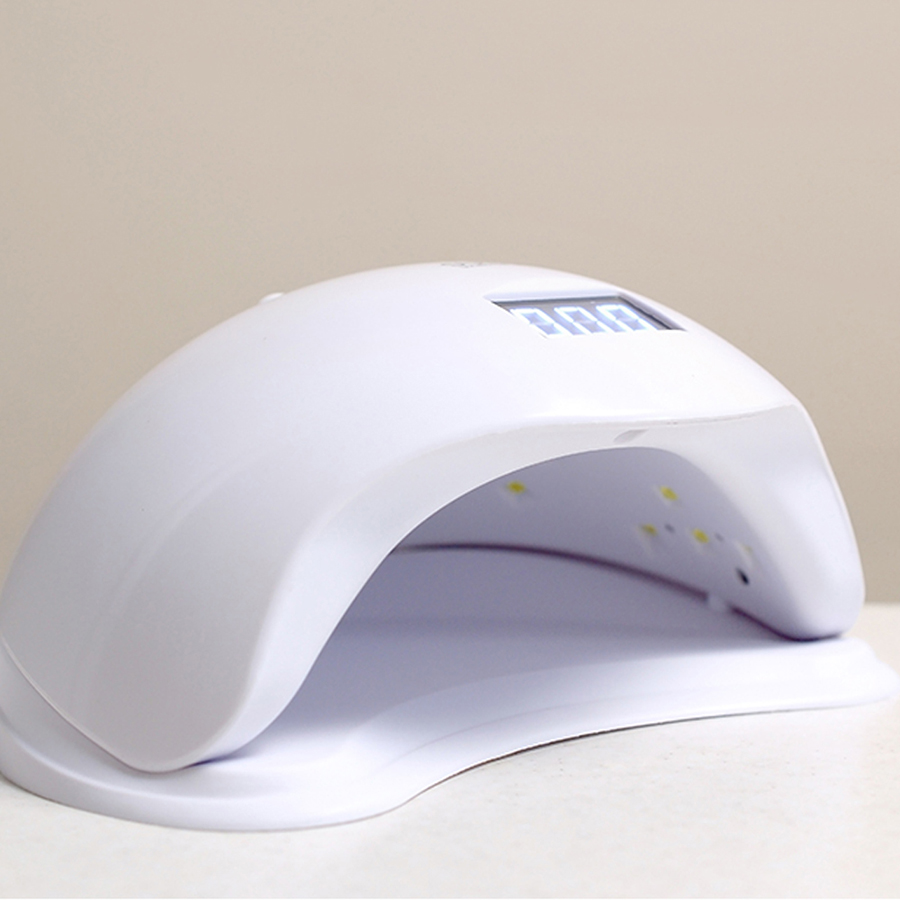
CURING LAMP [kyoor-ing-lamp]
What it is: A specialized electronic device that powers and controls bulbs to emit a specific range of UV light to cure gel nail enhancements.
How to use it: Used for a specified amount of time, according to the manufacturer, to cure or harden gel nail enhancements.
How to clean it: Follow manufacturer’s instructions in order to clean with acetone or disinfectant.
How to store it: Power off and store in a safe place.
VIDEOS RELATED TO THIS TERM
CURE
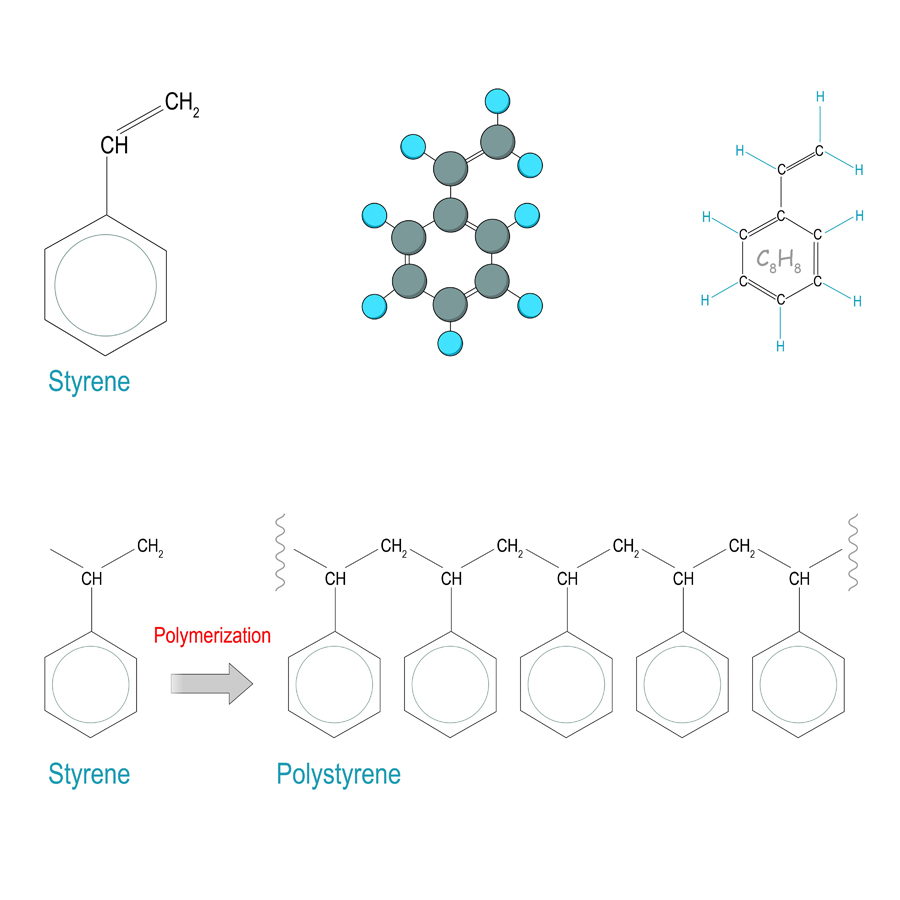
CURE [kyoor]
What it is: The process of chemically reacting monomers or oligomers into a chain or network which thicken and eventually harden into a solid material. This process is also referred to as polymerization.
How to use it: Polymer powders have this reaction when combined with liquid monomers. Gels (oligomers) when exposed to UV or LED light. Resins in wrap and dip systems respond to the heat in the nail to harden.
VIDEOS RELATED TO THIS TERM
CRYSTALS
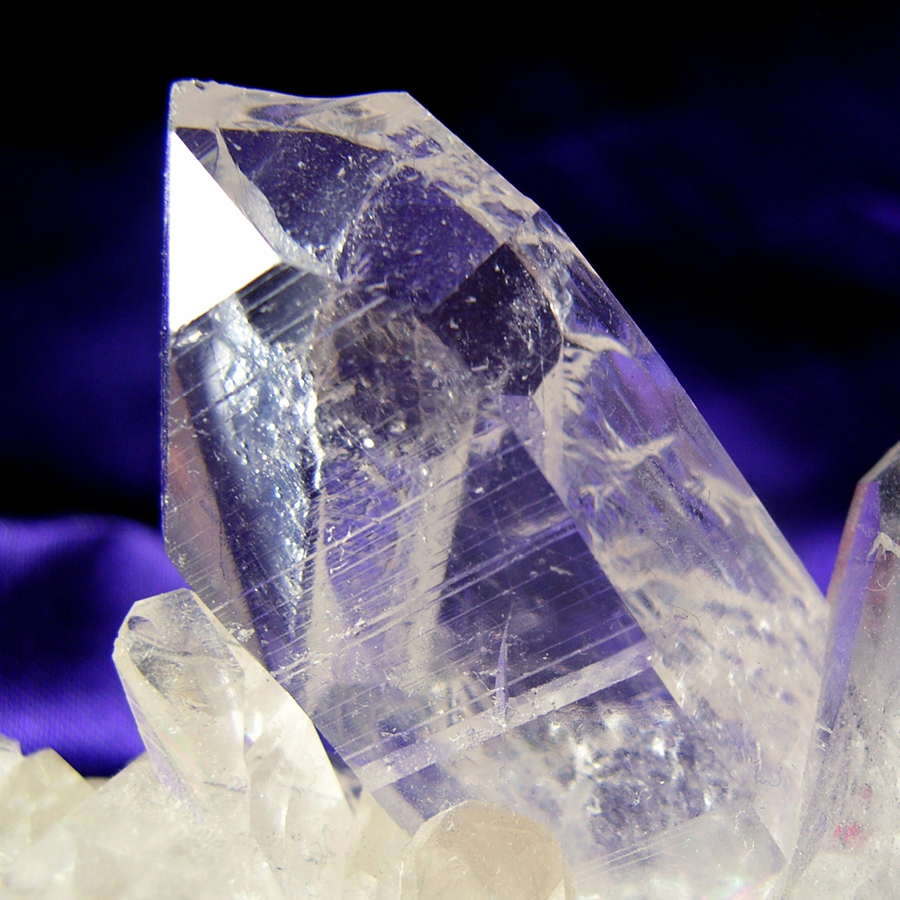
CRYSTALS [kris-tlz]
What it is: A transparent form of crystalized quartz, sometimes used to create rhinestones for nail art embellishments.
VIDEOS RELATED TO THIS TERM
COVER PINK POWDER
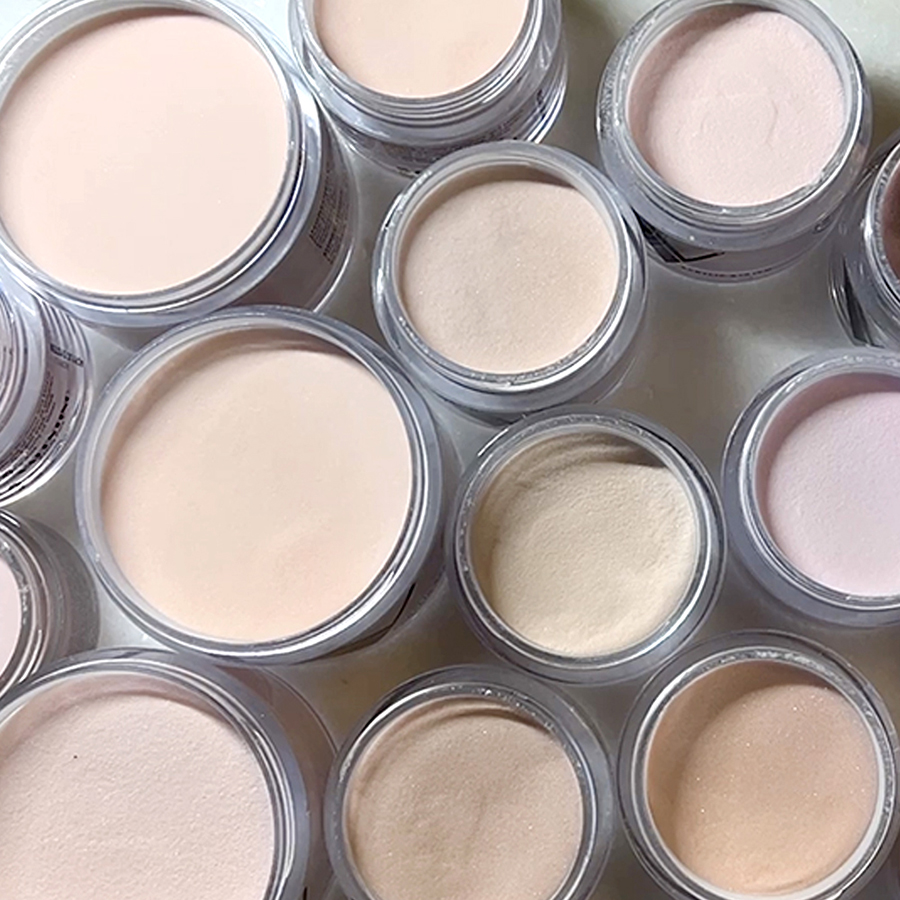
COVER PINK POWDER [kuhv-er pingk pou-der]
What it is: A polymer powder pigmented in an assortment of natural skin tone shades ranging from nudes and beiges to pinks.
How to use it: Used to cover the flaws in the natural nail or to elongate the nail plate for a balanced or more extreme French nail look.
How to apply it: Used with monomer to create small highly pigmented beads and applied to the prepared nail to cover flaws. Also added at the free edge to extend the look of the nail bed.
How to remove it: All polymers are disolved when soaked in acetone.
How to store it: Store with lids tightly closed in a cool, dry place and keep away from heat and light.
VIDEOS RELATED TO THIS TERM
CERAMIC E-FILE BITS
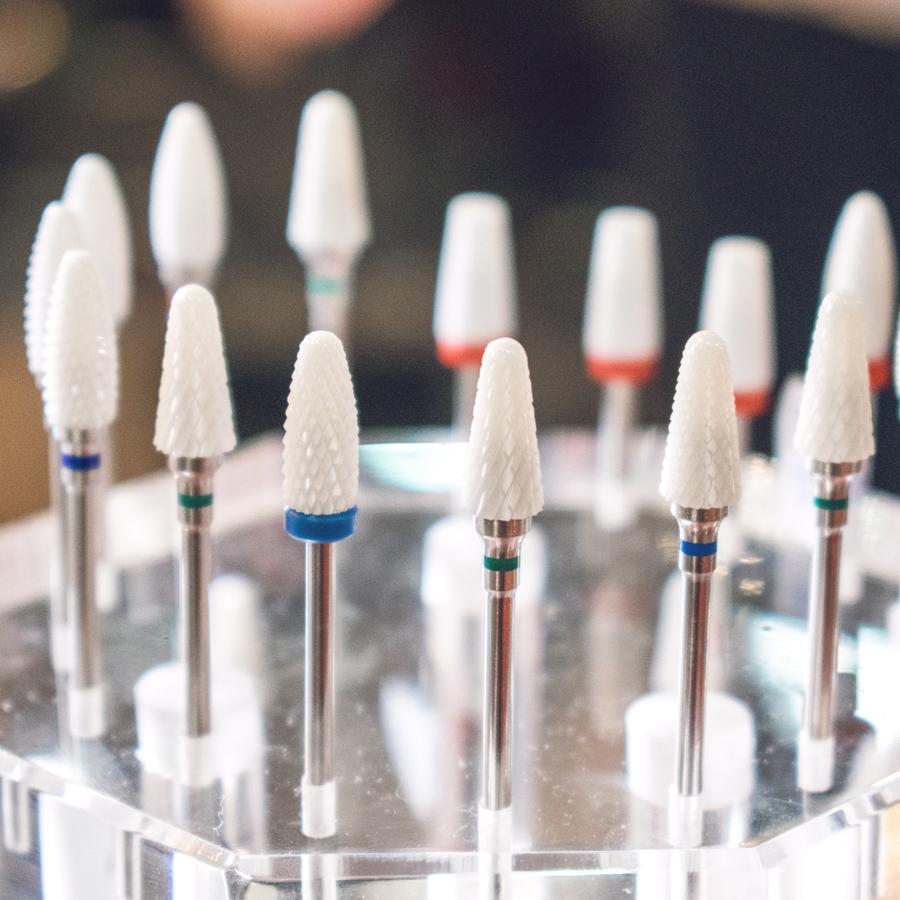
CERAMIC E-FILE BITS [suh-ram-ik, e-fahyl, bits]
What it is: Made of ceramic material, which is hard-wearing, sharp, and durable. This corrosion resistant bit has similar flute like cuts as the carbide, but doesn’t cause as much heat as metal bits.
How to use it: A popular choice for removing nail enhancement product because it produces larger particles that fall to the nail desk and generates less heat on the nail. Electric file education is recommended before used on clients.
How to apply it: Inserted into the chuck on a handpiece of an e-file.
How to clean it: If nail product is attached, soak in acetone. Then wash with soap and water while scrubbing with a nail brush and dry. Then immerse in disinfectant following manufacturer’s instructions.
How to store it: Store in a covered container.
VIDEOS RELATED TO THIS TERM
CAVIAR BEADS

CAVIAR BEADS [kav-ee-ahr beeds]
What it is: AKA bullion. Tiny metallic beads used to embellish 3D nail art.
How to use it: To embellish any 3D or inlaid nail design.
How to apply it: Adhered to the design with top coat, gel or adhesive.
How to remove it: The adhesive is softened with acetone to remove the embellishment.
How to store it: Usually housed in a small container where they can be easily picked up one at time.
VIDEOS RELATED TO THIS TERM
CARPAL TUNNEL
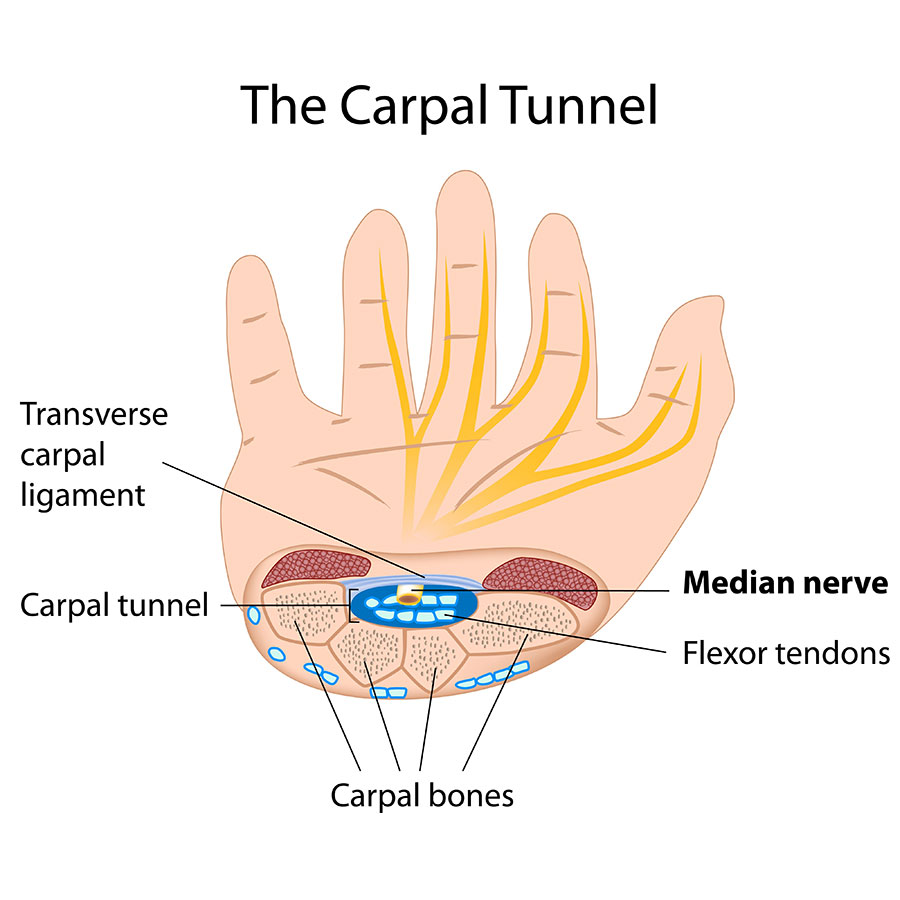
CARPAL TUNNEL [kaar-pl, tuh-nuhl]
What it is: A small passage within the wrist bone that houses nine tendons and the median nerve that run from the forearm to the hand.
VIDEOS RELATED TO THIS TERM
CARBIDE E-FILE BITS

CARBIDE E-FILE BITS [kahr-bahyd, e-fahyl, bits]
What it is: Made of carbide metal, which is 20 times stronger than steel. They have flute-like cuts along the body, used to shave the enhancement product off and not scratch it. The flutes determine the grit. Large flutes are coarse, while shallower flutes are commonly finer.
How to use it: A popular choice for removing nail enhancement product because it produces larger particles that fall to the nail desk and generates less heat on the nail. Electric file education is recommended before used on clients.
How to apply it: Inserted into the chuck on a handpiece of an e-file.
How to clean it: If nail product is attached, soak in acetone. Then wash with soap and water while scrubbing with a nail brush and dry. Then immerse in disinfectant following manufacturer’s instructions.
How to store it: Store in a covered container.
VIDEOS RELATED TO THIS TERM
CAMOUFLAGE POWDER
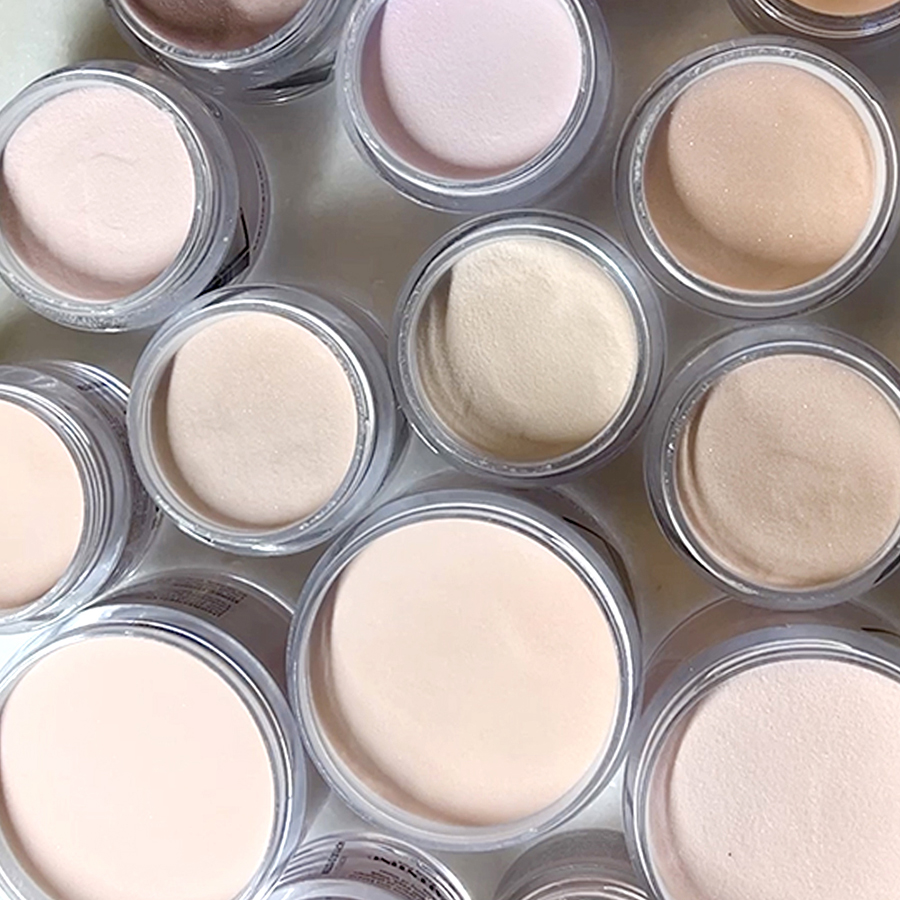
CAMOUFLAGE POWDER [kam-uh-flahzh, pou-der]
What it is: A polymer powder pigmented in an assortment of natural skin tone shades ranging from nudes and beiges to pinks.
How to use it: Used to cover the flaws in the natural nail or to elongate the nail plate for a balanced or more extreme French nail look.
How to apply it: Used with monomer to create small highly pigmented beads and applied to the prepared nail to cover flaws. Also added at the free edge to extend the look of the nail bed.
How to remove it: All polymers are disolved when soaked in acetone.
How to store it: Store with lids tightly closed in a cool, dry place and keep away from heat and light.

